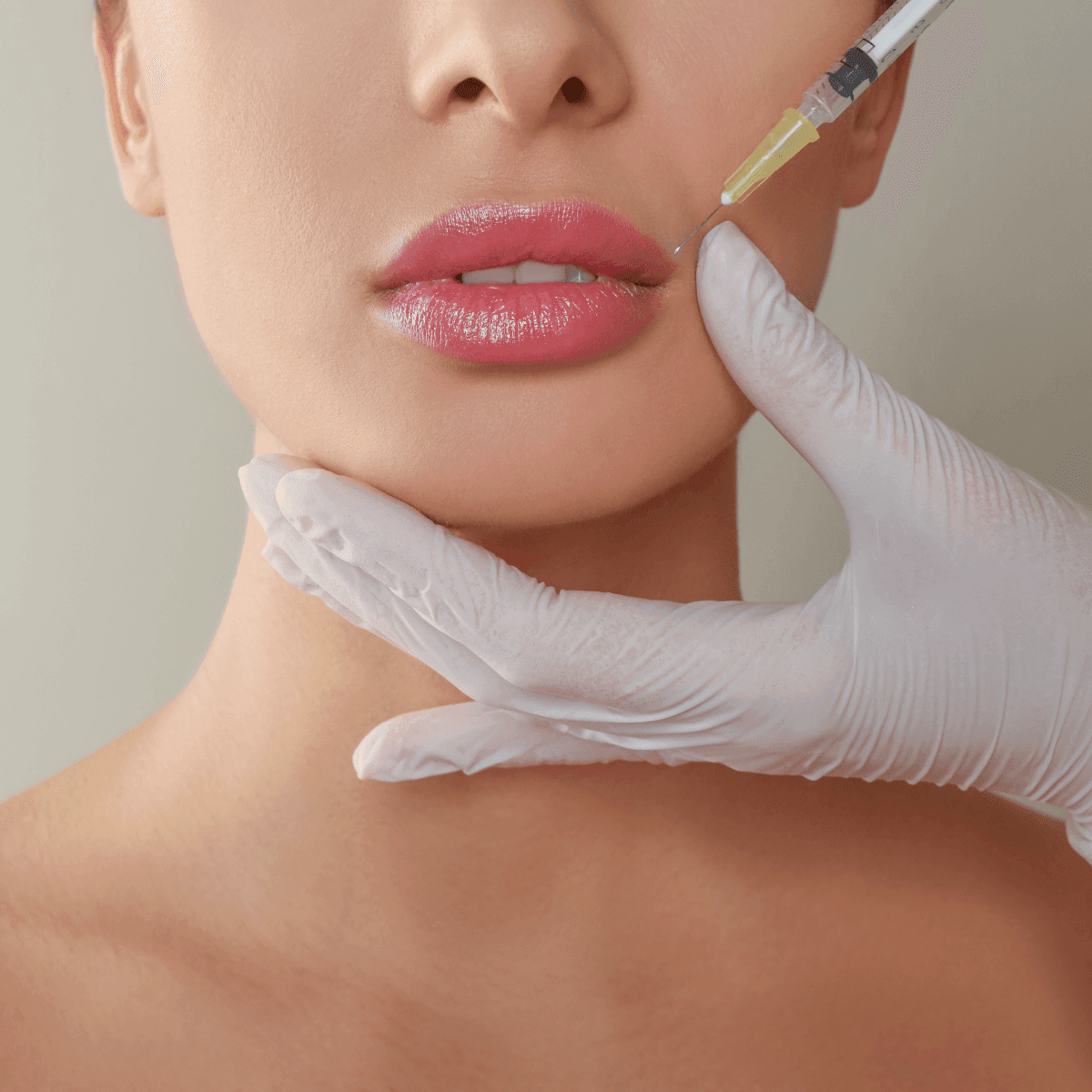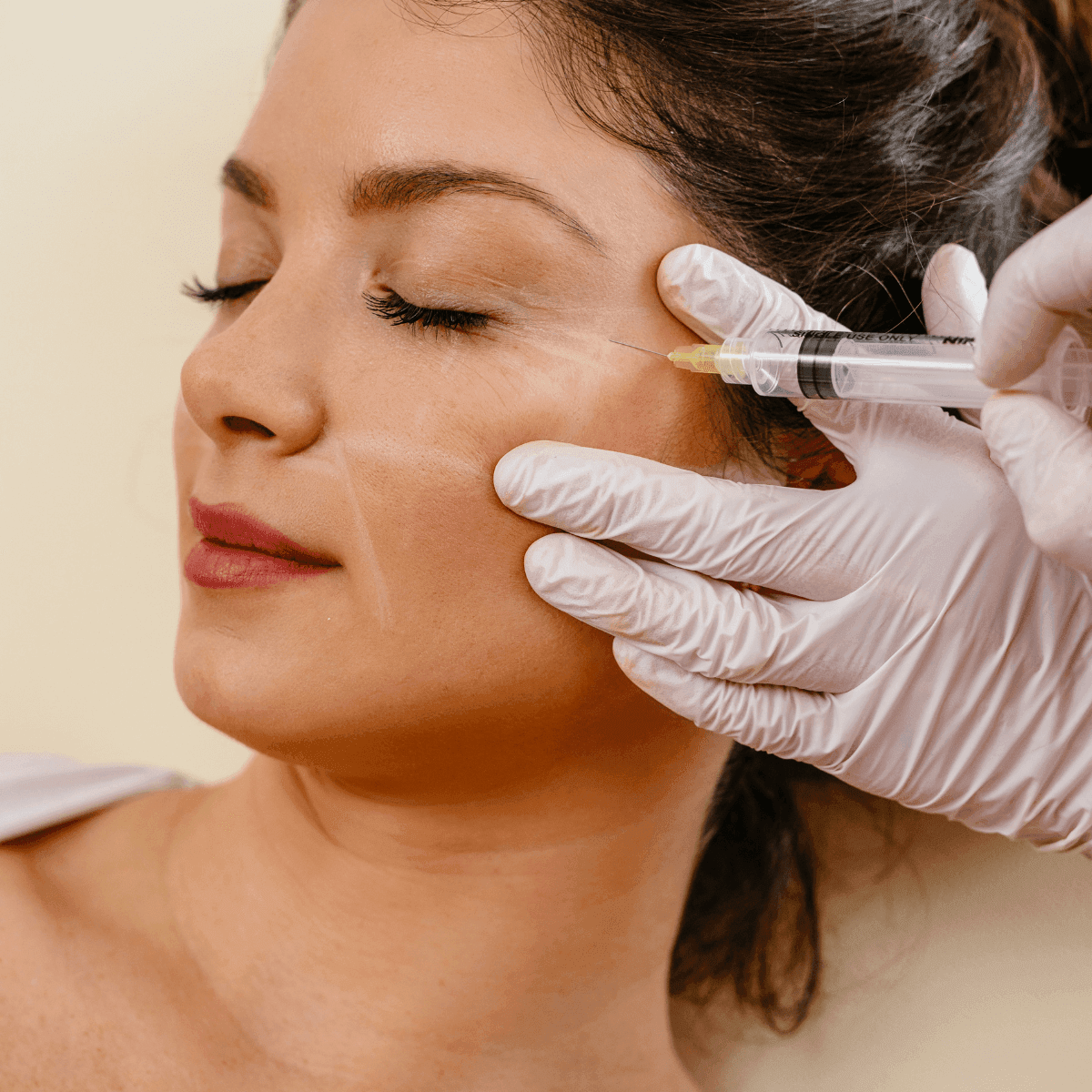When it comes to achieving that smooth, youthful glow, Botox and dermal fillers have become go-to treatments. These injectables offer impressive results without the need for surgery, and both have taken the skincare world by storm. But with so much buzz, it’s easy to get confused about which treatment does what. If you’ve ever wondered whether Botox or fillers are the best fit for your beauty goals, you’re in the right place.
Let’s dive into the details, break down the differences, and help you find the perfect match for your skin concerns.
Contents
What is Botox?
Botox is the secret sauce behind many smooth foreheads and wrinkle-free smiles. But how does it work exactly? Botox is a neuromodulator, which is just a fancy way of saying it relaxes your muscles. When injected, it blocks nerve signals that tell specific muscles to contract. This helps to soften and reduce dynamic wrinkles – those pesky lines caused by repeated facial expressions, like crow’s feet, forehead creases, and frown lines.
Common Uses for Botox
Botox is a favorite for treating:
- Horizontal forehead lines
- Crow’s feet (the small lines around the outer corners of your eyes)
- Frown lines (between the brows)
Pros and Cons of Botox
Botox can work wonders on dynamic wrinkles, giving your face a smooth, refreshed look. Here are some pros and cons to consider:
- Pros: Botox is quick and relatively painless, with no downtime. You can walk in during your lunch break and be back to work the same day. It’s also a great preventive treatment, keeping new wrinkles at bay if you start early.
- Cons: The effects of Botox aren’t permanent; they usually last about 3-4 months, so touch-ups are needed to maintain results. It’s also not a solution for wrinkles caused by skin laxity or volume loss, such as sagging cheeks or hollow under-eyes.

What are Dermal Fillers?
While Botox focuses on relaxing muscles, dermal fillers are all about volume. Fillers are injectables made from substances like hyaluronic acid (a naturally occurring compound in our skin) that add fullness, smooth lines, and enhance contours. Think of them as the cushion your skin might lose over time – fillers plump it back up, filling in any dips or shadows that can make you look tired or aged.
Common Uses for Fillers
Dermal fillers are most commonly used to:
- Add volume to cheeks
- Smooth out nasolabial folds (lines from the nose to mouth)
- Plump up lips
- Reduce under-eye hollows
Pros and Cons of Fillers
If you’re looking to add a bit of lift and volume, fillers might be the ticket. Here’s what you should know:
- Pros: Fillers offer almost instant results with minimal downtime, making them great for anyone looking for a quick boost. Depending on the type of filler, results can last anywhere from 6 months to 2 years. They’re also highly versatile, able to enhance many areas of the face.
- Cons: There can be a little swelling or bruising after treatment, especially for more sensitive areas like the lips. Also, fillers tend to be pricier than Botox per session, though they do last longer.
Botox vs. Fillers – Key Differences
So, how do you decide between the two? Here’s a quick breakdown of their main differences to help you figure out which treatment is right for you:
- Treatment Goals: Botox is ideal for treating wrinkles caused by facial expressions, like crow’s feet or forehead lines. If your main concern is volume loss (think hollow cheeks or thinning lips), fillers are the better choice.
- Longevity: Botox generally lasts 3-4 months, while fillers can last anywhere from 6 months to 2 years, depending on factors such as the product, area treated and aftercare quality.
- Cost Considerations: While Botox treatments can be more affordable upfront, fillers offer longer-lasting results, meaning you won’t need touch-ups as frequently.
- Results Timeline: Botox takes a few days to a week for full results to show, while fillers offer nearly instant plumping and smoothing effects.

Which Treatment is Best for You?
If you’re feeling torn, know that you’re not alone! The choice between Botox and fillers depends on a few factors:
Consider Your Skin Concerns
Ask yourself what bothers you most: wrinkles when you smile or frown, or areas where your face feels a little deflated? For wrinkles that show up when you make expressions, Botox is often the answer. If it’s a lack of volume in places like the cheeks or under-eyes, fillers might be a better fit.
Think About the Long Term
Some people start with Botox in their 20s or early 30s to prevent lines from forming, while fillers are often chosen later in life to restore volume. Of course, everyone ages differently, and both treatments are effective at any adult age – it’s more about what you’re looking to address.
The Power of Combination Treatments
A little-known secret? Botox and fillers actually make a great team! Many people combine Botox with fillers for a balanced, youthful look. For example, you might use Botox on the forehead and fillers in the cheeks or lips for an all-over refreshed appearance.
Consultation is Key
Ultimately, the best way to know which treatment is right for you is to speak with a licensed aesthetician or dermatologist. A consultation allows you to get expert advice on what will work best for your unique face structure, skin concerns, and goals.
Botox and fillers each bring something special to the table, helping to smooth, plump, and refresh your face in unique ways. Whether you’re looking to erase wrinkles or bring back some youthful volume, the right treatment (or combination) can make all the difference. So take your time, do your research, and consult with a trusted professional. When it comes to enhancing your natural beauty, there’s no one-size-fits-all solution – only what feels right for you.


